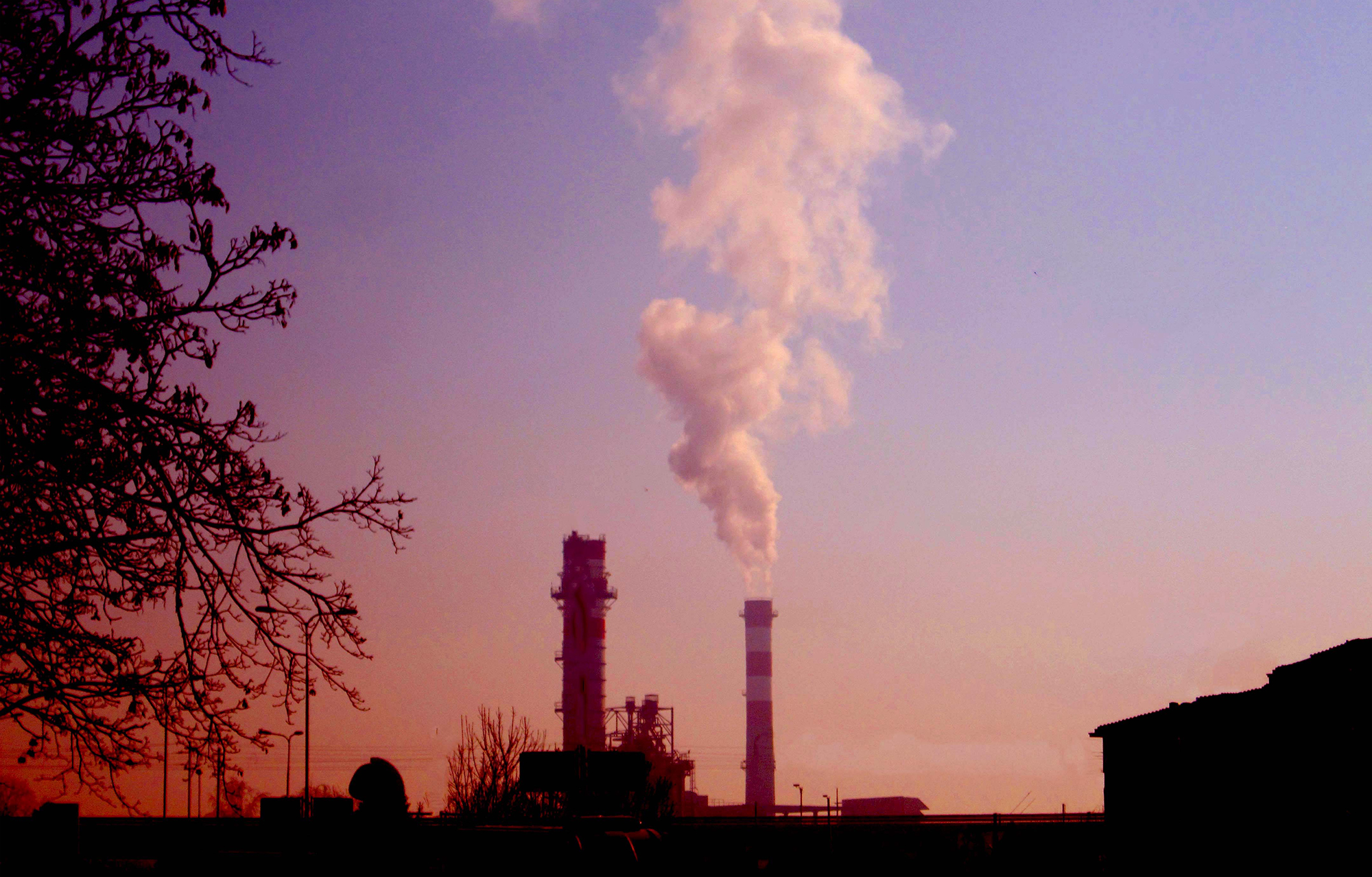Fifteen industrial livestock companies emit almost the same methane as the European Union
- Fifteen intensive meat and milk production companies emit nearly as many methane as the European Union, according to the IATP and Changing Markets study. They have demanded that governments put limits on big business and respect the agreement to reduce methane emissions by 30%.

The quantity of methane emitted by the fifteen meat and dairy industry companies is almost the same as that issued by the European Union and more than that of Russia. They are not comparisons of any kind, as the European Union and Russia are among the most polluting methane. Ten of these companies produce milk and five produce meat. All of them emit 15.5 million tons of methane annually, according to data from the Agricultural and Commercial Policy Institute IATP and Changing Markets.
It is methane (CH4), as you can read in the middle eldiario.es, which has caused more than half of the increase in Earth's temperature from the pre-industrial era. Its duration in the atmosphere is less than that of Carbon Dioxide (CO2) - about ten years - but CO2 heats 80 times more than in twenty years.
Precisely because of the rapid effect of methane, experts recommend attaching importance to the reduction of its emissions, as the results would be detected in the same decade, which is decisive for the temperature not to increase more than 1.5°C by the end of this century.
So EE.UU. and the EU reached a methane agreement at last year's Annual Climate Summit, which brought together 130 other countries. However, the PDI and Changing Markets, the authors of the report, argue that the 15 listed companies do not respect the agreement and require governments to take the necessary measures to limit their emissions.
This group of companies emits 83% of the methane emitted by the European Union, 115% of the landfill by Russia, and releases great distances to other major powers, with 377% more than Canada and 705% more than Germany.
Companies are based on: Canada (1), USA (2), Brazil (2), China (2), New Zealand (1), Switzerland (1), Germany (1), Denmark (2), Netherlands (1) and France (2).
The two Brazilian companies are the most polluting: Marfrig and JBS. The latter emits 4.9 million tonnes of methane, more than the total of Germany, France, Canada and New Zealand.
Intensive livestock farming accounts for almost a third of total methane emissions and 15% of greenhouse gases. However, these fifteen large-scale companies account for 10% of the methane emitted by the livestock industry.
The understanding and interpretation of the mathematical language is what is important in the learning process, at least it is what we say to our students. The language of mathematics is universal, and in general, the margin of error for interpretation tends to be small. We... [+]
Recently, when asked what the climate emergency consisted of, a scientist gave the excellent answer: “Look, the climate emergency is this, you increasingly see on your mobile more videos related to extreme weather events, and when you realize, it’s you who are recording one... [+]
In recent weeks it has not been possible for those of us who work in architecture that the climate phenomenon of Valencia has not been translated into our work discourse. Because we need to think about and design the path of water in decks, sewers, plazas and building parks. We... [+]






















